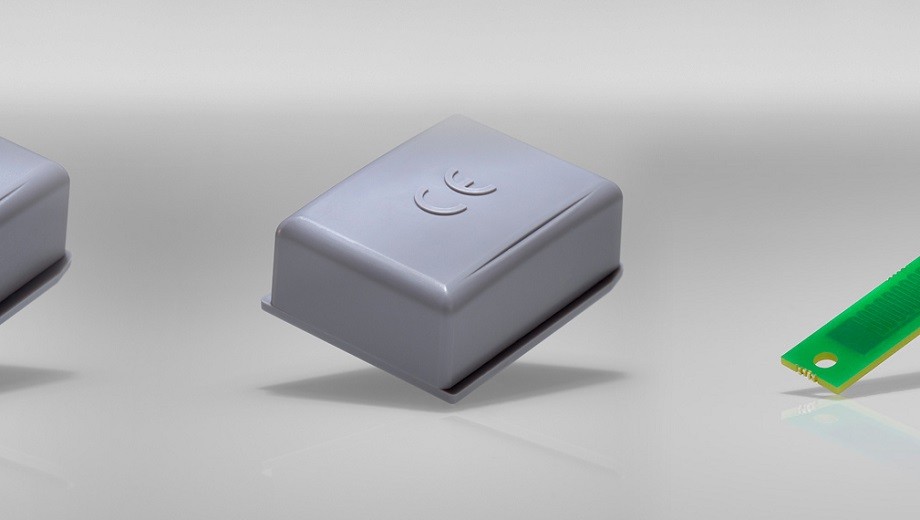Subsidized by a Finnish government program to spearhead digitization, the Helsinki Metropolia University of Applied Sciences has sponsored several projects related to healthy buildings. “Water damage is an unimaginably big problem at the level of the national economy here in Finland and elsewhere. It creates health problems that are really expensive to deal with”, explains Jarmo Tuppurainen, Technology Manager at Metropolia University. “Until now, it has been very difficult and costly to locate the sources of any problems. You have to drill holes into structures or use unreliable surface metering.” Until now means until the first scalable, passive RAIN RFID (UHF) moisture-sensing inlay entered the market – Smartrac’s Sensor Dogbone.
Measuring moisture where it's critical
Metropolia has recently tested a solution that uses passive RFID sensors placed inside walls, roofs and floors. These measure moisture right in the critical spots, for example under window openings. Since the sensors are passive, they don’t need a battery, and therefore have a very long lifespan. On top of that, they are easy to deploy and inexpensive enough to use on a large scale. In a single family house, around 15 sensors in bathrooms and 20 inside outer structures such as walls and roofs are needed. The sensors are placed under the moisture insulation of a building, which is why they need to be installed during construction. So far, there’s no practical way to implement them in an already-built structure. However, during retrofits or renovations, adding sensors is quite easy.
Benefits for building clients, buyers and contractors
According to Jarmo Tuppurainen, the building client (the bill-payer) has the greatest incentive to have moisture sensors installed. Contractors can benefit as well, as they can control how well subcontractors are doing their jobs. In addition, insurance companies have a way to check where and when damage has occurred, and who might be the responsible party. Homebuyers and sellers can use the technology too. If a house is bought or sold, it’s reassuring to know the real condition of bathrooms or roofs before purchase. In Finland particularly, homebuyers are often prepared to go to court to get a reduction on the purchase price after they allegedly discover mold or moisture in their new home.
Metropolia’s first experimental passive RFID project has focused on technology and its feasibility, deploying RFID sensors from Smartrac as well as from other manufacturers. Future projects will study how sensor data from different manufacturers could be harmonized and transferred into a building information model (BIM).
The article is based on an interview by Aarni Heiskanen, courtesy of AEC-Business.com.



